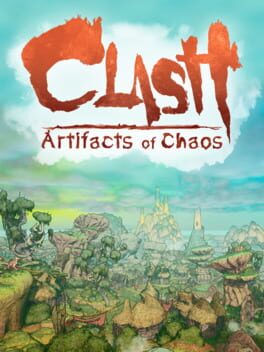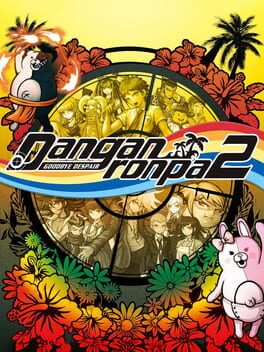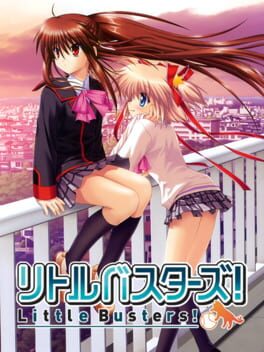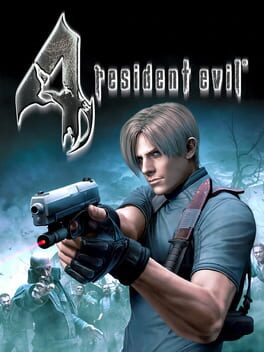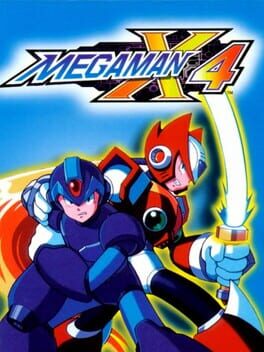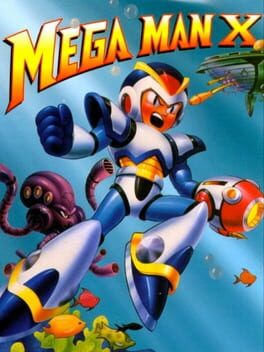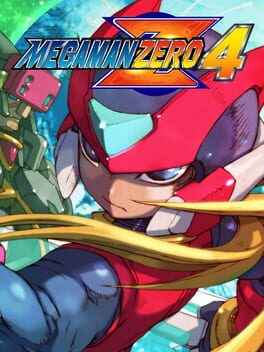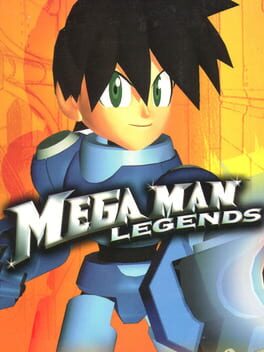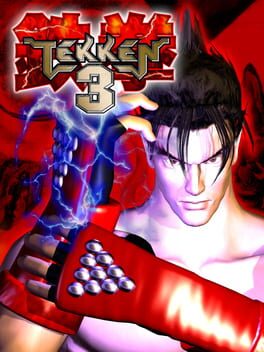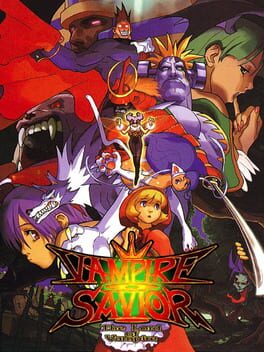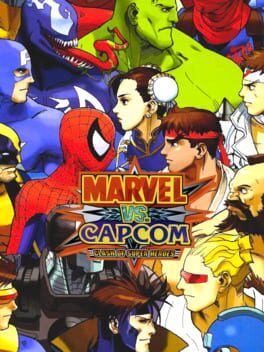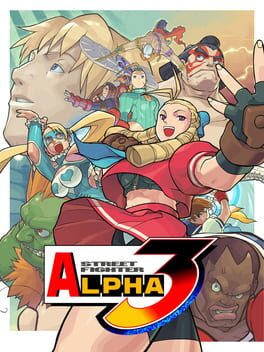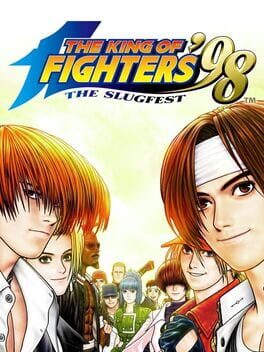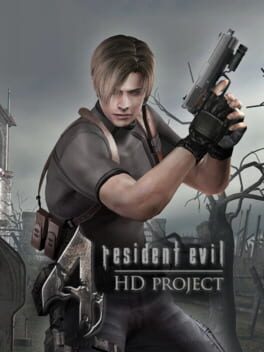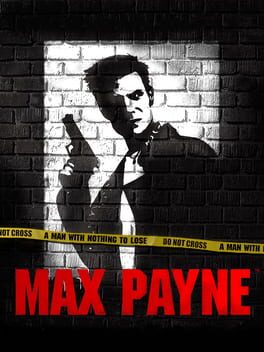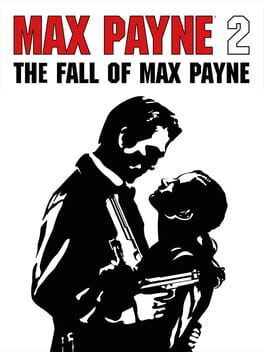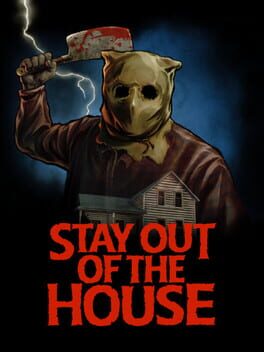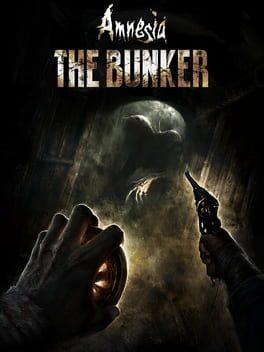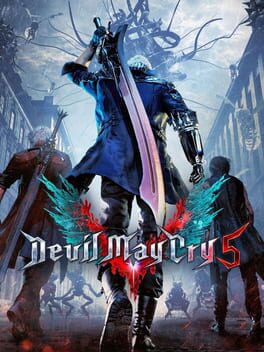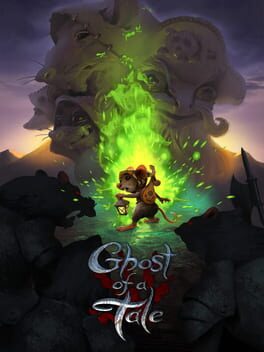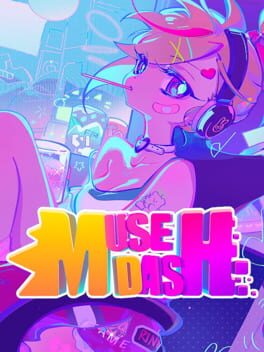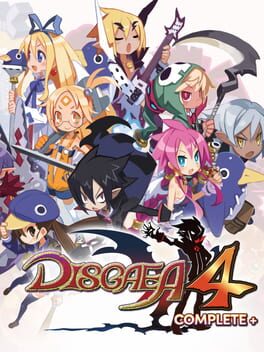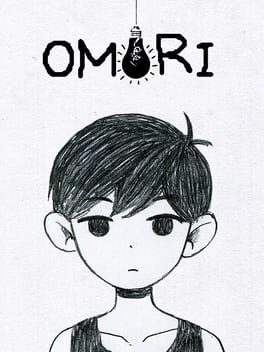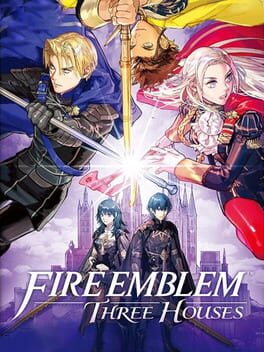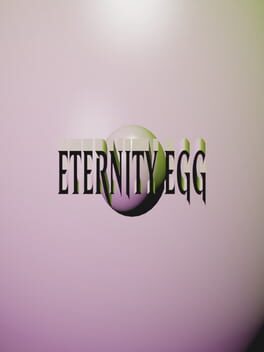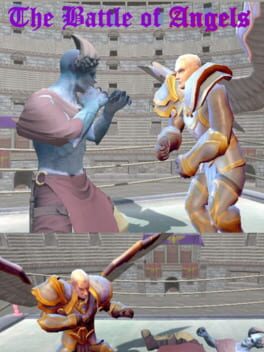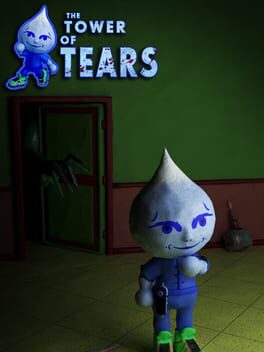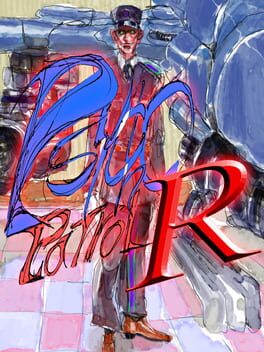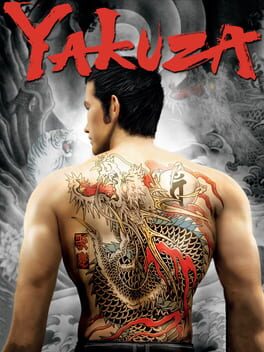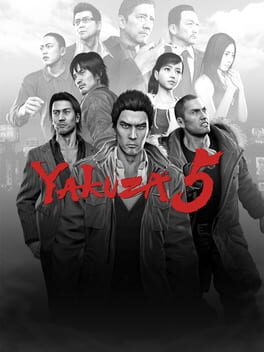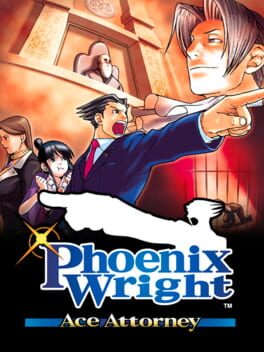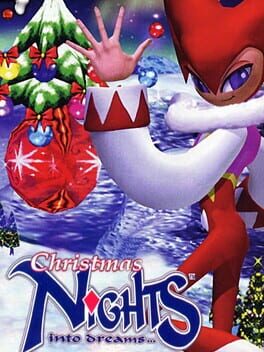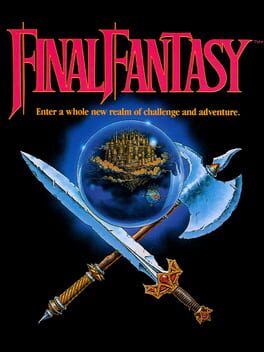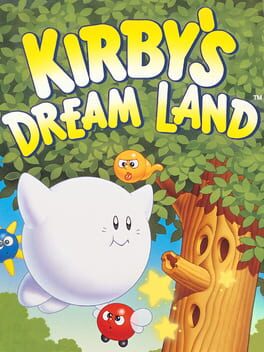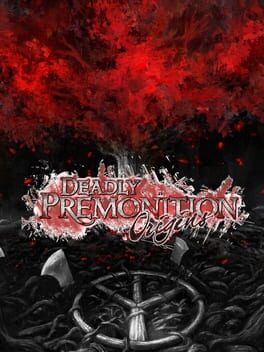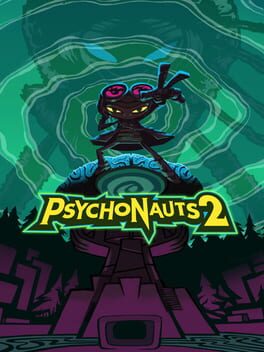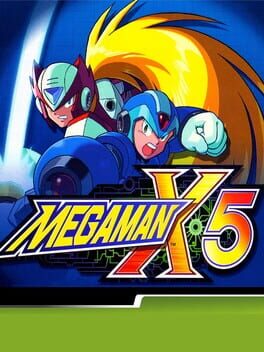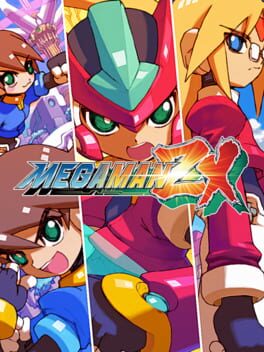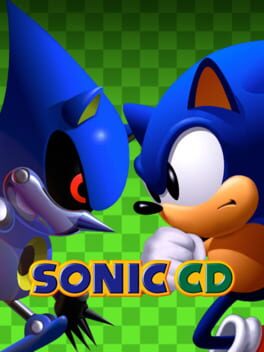nubbish
269 reviews liked by nubbish
Reports of the mid-budget game’s death have been greatly exaggerated. They’re generally now something you have to more actively be on the lookout for, but there are still plenty of them with all the same hallmarks cynics’d have you believe we don’t get anymore – navigation by way of unique geographical landmarks as opposed to UI widgets, obtuse systems you only learn the inner workings of by throwing yourself into the deep end, visual design and mechanics strange enough to ward off the easily disoriented and more. Few games in recent memory exemplify it all better than this.
While that clip works a rough vertical slice of what you can expect from Clash’s combat, its little nuances aren’t immediately obvious at a glance. The way its blocking system works feels especially distinctive from other action games with parries, temporarily slowing down the enemy you block almost like a localised version of Witch Time, but key to the balance it strikes between complexity and accessibility is how it lets you cancel any light punch at any point into one of a special attack, jump or dodge. It’s a narrow but malleable core which enables a bunch of playstyles simultaneously; you can help speed along Zenozoik’s death by manipulating these mechanics to absolutely wombo combo its denizens, be less committal and whittle them down while dodging away and luring them into each other’s attacks, focus on filling Pseudo’s attack gauge to spend as much time in his superpowered first person mode as possible or take any number of other approaches. Chuck in unlockable combat styles you can find through exploration (complementing its revamped, Bloodborne-inspired level design) alongside some light moveset customisation and you’ve got the type of game you’ll be reloading saves before boss encounters just to replay them differently, this all being before you get into modifiers brought about by the Ritual.
This is essentially an in-universe dice game that you can challenge bosses to before the fisticuffs start, during which the pair of you offer up an artifact to either somehow alter the fighting area, debuff one’s opponent or introduce some other advantage to one’s side depending on who has the most dice remaining by the end. The effects can get pretty creative, thick fog rolling in and obscuring your vision in exchange for causing enemies to swing blindly at whatever’s nearby being a suitably chaotic standout, though my favourite has to be the paired Pact and Summon artifacts. Winning the Ritual with the former active lets you store the boss you’ve beaten as an ally which you can then summon to help you by upon winning a second game with the latter equipped – if you stack up enough of both, you can essentially turn an unusual beat ‘em up into an even more unusual version of Pokemon, pitting cannibalistic mushroom men against tripedal bright blue elk with faces growing out of their chests and all manner of other weird and wonderful mercenaries I’ve no idea how these guys’ concept artists dreamt up. It does sometimes feel tedious that there’s no way to forfeit the Ritual once you’ve challenged someone to it, but it’s a worthwhile exchange for the sheer variation it enables in combat encounters. It’s everything I mentioned in the first paragraph dialled up to 11, fostered by an almost totally optional minigame. How cool is that?
I’m already predisposed to love any fictional world conceptually bizarre enough to feature something like this as its sole governing law, but it helps that it’s got the art direction to match. It’s one thing to be able to point your camera anywhere in a game and have a new wallpaper on your hands, another entirely both to craft such a genuinely alien environment and render it consistently readable without anything resembling objective markers. It’s perplexion with a purpose: it’d have been much easier to just let the player’s map or some other immersion breaking visual cue do all the thinking for them, but instead, the environmental artists and modellers gave it their all and went the extra mile to make this nutcase’s fever dream a believable place you’re expected to organically learn the lay of. Their creativity even benefits the enemy design in a way – certain opponents not having a particularly big or varied moveset is offset at least a bit by how you can never really be sure how something as uncanny as a technicolour lion with the face of an elderly man (for example) is going to attack. It easily joins hands with Bayonetta Origins and Inkulinati on the podium of some of 2023’s most unique visual design, none of which received any industry recognition in this regard because why would those with large platforms ever try to raise awareness of anything actually interesting?
How or why any given game flies under the radar varies too much to pin it on a singular cause, it’s just a particular shame that it’s happened in this case because of the extent to which Clash is stuffed with things people commonly claim to want. It might sound like a hodgepodge of disparate ideas when you’re just reading about it, but to me there are clear throughlines connecting all of its esoteric mechanics, outlandish art, intimidatingly loopy level design and litany of music I can’t do justice to with words – a willingness to be different and respect for the player’s intelligence. You can only put so much stock into how a game’s number of plays correlates to its actual popularity on a site where Gravity Rush 2 has more than Starcraft and Minecraft has only about three times as many as a Yakuza game, but only managing double digits even in a place of relative enthusiasts wouldn’t seem to bode well for its prospects (or, at least, as well as something with these traits deserves).
That’s why I challenge you, whoever’s reading this, by the One Law: please take a chance on this game you may have missed. They don’t make them like this anymore, except when they do! And when they do, you’ll be reminded of how much we could still do with more games like it.
While that clip works a rough vertical slice of what you can expect from Clash’s combat, its little nuances aren’t immediately obvious at a glance. The way its blocking system works feels especially distinctive from other action games with parries, temporarily slowing down the enemy you block almost like a localised version of Witch Time, but key to the balance it strikes between complexity and accessibility is how it lets you cancel any light punch at any point into one of a special attack, jump or dodge. It’s a narrow but malleable core which enables a bunch of playstyles simultaneously; you can help speed along Zenozoik’s death by manipulating these mechanics to absolutely wombo combo its denizens, be less committal and whittle them down while dodging away and luring them into each other’s attacks, focus on filling Pseudo’s attack gauge to spend as much time in his superpowered first person mode as possible or take any number of other approaches. Chuck in unlockable combat styles you can find through exploration (complementing its revamped, Bloodborne-inspired level design) alongside some light moveset customisation and you’ve got the type of game you’ll be reloading saves before boss encounters just to replay them differently, this all being before you get into modifiers brought about by the Ritual.
This is essentially an in-universe dice game that you can challenge bosses to before the fisticuffs start, during which the pair of you offer up an artifact to either somehow alter the fighting area, debuff one’s opponent or introduce some other advantage to one’s side depending on who has the most dice remaining by the end. The effects can get pretty creative, thick fog rolling in and obscuring your vision in exchange for causing enemies to swing blindly at whatever’s nearby being a suitably chaotic standout, though my favourite has to be the paired Pact and Summon artifacts. Winning the Ritual with the former active lets you store the boss you’ve beaten as an ally which you can then summon to help you by upon winning a second game with the latter equipped – if you stack up enough of both, you can essentially turn an unusual beat ‘em up into an even more unusual version of Pokemon, pitting cannibalistic mushroom men against tripedal bright blue elk with faces growing out of their chests and all manner of other weird and wonderful mercenaries I’ve no idea how these guys’ concept artists dreamt up. It does sometimes feel tedious that there’s no way to forfeit the Ritual once you’ve challenged someone to it, but it’s a worthwhile exchange for the sheer variation it enables in combat encounters. It’s everything I mentioned in the first paragraph dialled up to 11, fostered by an almost totally optional minigame. How cool is that?
I’m already predisposed to love any fictional world conceptually bizarre enough to feature something like this as its sole governing law, but it helps that it’s got the art direction to match. It’s one thing to be able to point your camera anywhere in a game and have a new wallpaper on your hands, another entirely both to craft such a genuinely alien environment and render it consistently readable without anything resembling objective markers. It’s perplexion with a purpose: it’d have been much easier to just let the player’s map or some other immersion breaking visual cue do all the thinking for them, but instead, the environmental artists and modellers gave it their all and went the extra mile to make this nutcase’s fever dream a believable place you’re expected to organically learn the lay of. Their creativity even benefits the enemy design in a way – certain opponents not having a particularly big or varied moveset is offset at least a bit by how you can never really be sure how something as uncanny as a technicolour lion with the face of an elderly man (for example) is going to attack. It easily joins hands with Bayonetta Origins and Inkulinati on the podium of some of 2023’s most unique visual design, none of which received any industry recognition in this regard because why would those with large platforms ever try to raise awareness of anything actually interesting?
How or why any given game flies under the radar varies too much to pin it on a singular cause, it’s just a particular shame that it’s happened in this case because of the extent to which Clash is stuffed with things people commonly claim to want. It might sound like a hodgepodge of disparate ideas when you’re just reading about it, but to me there are clear throughlines connecting all of its esoteric mechanics, outlandish art, intimidatingly loopy level design and litany of music I can’t do justice to with words – a willingness to be different and respect for the player’s intelligence. You can only put so much stock into how a game’s number of plays correlates to its actual popularity on a site where Gravity Rush 2 has more than Starcraft and Minecraft has only about three times as many as a Yakuza game, but only managing double digits even in a place of relative enthusiasts wouldn’t seem to bode well for its prospects (or, at least, as well as something with these traits deserves).
That’s why I challenge you, whoever’s reading this, by the One Law: please take a chance on this game you may have missed. They don’t make them like this anymore, except when they do! And when they do, you’ll be reminded of how much we could still do with more games like it.
Clannad
2004
I think a term commonly associated with romance/sol animanga and games is “wish fulfillment.” Now, from my experience, it's a term usually met with some level of disdain or condescension. “Wow what a loser, they need this thing to feel good about themselves.” And, sure, I can understand where that attitude comes from, in fact I'm like that sometimes too. But I feel it's not that simple. People come from different backgrounds, places, and circumstances. Sometimes what we need is comfort from something, even if it isn't real.
Clannad, among many, many other beloved visual novels is boiled down to the common “your friends and family are important, your life is worth living” morals, but is it a bad thing to be so commonly communicated? I would assume that Maeda and the many other writers at Key are trying to convey this, and even if they were or not, intention does not always align with found purpose. Tomoya Okazaki, our protagonist, is a great stand in for players like me to some degree. He's still his own character, but I think him being a loner to align with the usual “wish fulfillment” protagonist role really works to its benefit. No matter your background or role, there is worth in finding friends and family, whether it be genetic or found. It finally gives us purpose to those who feel so aimless in life. Clannad is not simply “wish fulfillment” at play. It's inspiring us to fulfill those wishes ourselves, and fulfill the wishes of others.
I’ve seen complaints about Clannad’s core structure before, as for some people the routes are “not interconnected enough”. But is that a problem? In my opinion, anyway, Clannad is an anthology of the multiple “what if” scenarios surrounding Okazaki’s journey in life. While Nagisa’s route is what leads to the true ending of the story, it doesn’t make the other routes pointless. Regardless of what is the “true” outcome of the story, your experiences and how you see these characters develop will always live on with the player. You get to see Okazaki give these people true happiness in life, and by the true ending, he is repaid for everything he’s done. While in gameplay the route system is a little rough around the edges with much needed polish, I think playing with a guide allows for a very smooth experience.
Playing this after my most prior Key visual novel experience, that being AIR, really opened my eyes to how well thought out and executed much of Clannad is. While AIR suffers from an overly ambitious but ultimately meaningless structure, Clannad takes a safer approach and cuts out any filler. Jun Maeda and his team really wanted to make up for the mistakes of AIR, and you can really tell from how much more polish is applied to this game. Despite this being one of the longest games I’ve ever played, Clannad rarely falls victim to artificial padding. The game gives you and makes proper use of the “skip already read text” feature, which makes hopping into your next route a very quick and easy experience. It helps that the game is split into 10+ routes that all vary in length, meaning I don’t think the game can ever burn you out from a scenario. Each route (with two exceptions, one being entirely optional) is very different overall so nothing is samey either. I’d also like to make note of the amount of content on offer, Clannad is not only long from the main game but has TONS of little secrets and extra blurbs of dialogue to discover, it really feels like the team wanted to put as much as they could onto the disc.
And that’s the overall thing I love about Clannad: it’s very polished. Not perfect, but very damn close. Clannad may seem safe or tropey, but it uses those aspects and pushes them to a wonderful and engaging extent. The current top review tries to make fun of fans of this game and I’d have to say that this person probably has never experienced joy in their life. None of the huge visual novels I’ve played so far have been flops, and Clannad is no exception either. In fact, out of the three (Higurashi, Tsukihime, Clannad) I would say this is my new favorite, and knowing that Key still has some fantastic games in their catalog for me to still try out (Kanon, Little Busters!, and Rewrite) has me so immensely excited. But none of those games, or any visual novels in the future will take away what a special experience Clannad was for me. I had taken a long break from reviews and I needed to get out of that slump, and this game was what inspired me to write a little something again, especially seeing how none of the longer reviews about this game on this site are in good faith. I wanted to fix that. Thank you for reading, and if this review manages to get even one person to fully play through this game, I’ll be happy.
Clannad, among many, many other beloved visual novels is boiled down to the common “your friends and family are important, your life is worth living” morals, but is it a bad thing to be so commonly communicated? I would assume that Maeda and the many other writers at Key are trying to convey this, and even if they were or not, intention does not always align with found purpose. Tomoya Okazaki, our protagonist, is a great stand in for players like me to some degree. He's still his own character, but I think him being a loner to align with the usual “wish fulfillment” protagonist role really works to its benefit. No matter your background or role, there is worth in finding friends and family, whether it be genetic or found. It finally gives us purpose to those who feel so aimless in life. Clannad is not simply “wish fulfillment” at play. It's inspiring us to fulfill those wishes ourselves, and fulfill the wishes of others.
I’ve seen complaints about Clannad’s core structure before, as for some people the routes are “not interconnected enough”. But is that a problem? In my opinion, anyway, Clannad is an anthology of the multiple “what if” scenarios surrounding Okazaki’s journey in life. While Nagisa’s route is what leads to the true ending of the story, it doesn’t make the other routes pointless. Regardless of what is the “true” outcome of the story, your experiences and how you see these characters develop will always live on with the player. You get to see Okazaki give these people true happiness in life, and by the true ending, he is repaid for everything he’s done. While in gameplay the route system is a little rough around the edges with much needed polish, I think playing with a guide allows for a very smooth experience.
Playing this after my most prior Key visual novel experience, that being AIR, really opened my eyes to how well thought out and executed much of Clannad is. While AIR suffers from an overly ambitious but ultimately meaningless structure, Clannad takes a safer approach and cuts out any filler. Jun Maeda and his team really wanted to make up for the mistakes of AIR, and you can really tell from how much more polish is applied to this game. Despite this being one of the longest games I’ve ever played, Clannad rarely falls victim to artificial padding. The game gives you and makes proper use of the “skip already read text” feature, which makes hopping into your next route a very quick and easy experience. It helps that the game is split into 10+ routes that all vary in length, meaning I don’t think the game can ever burn you out from a scenario. Each route (with two exceptions, one being entirely optional) is very different overall so nothing is samey either. I’d also like to make note of the amount of content on offer, Clannad is not only long from the main game but has TONS of little secrets and extra blurbs of dialogue to discover, it really feels like the team wanted to put as much as they could onto the disc.
And that’s the overall thing I love about Clannad: it’s very polished. Not perfect, but very damn close. Clannad may seem safe or tropey, but it uses those aspects and pushes them to a wonderful and engaging extent. The current top review tries to make fun of fans of this game and I’d have to say that this person probably has never experienced joy in their life. None of the huge visual novels I’ve played so far have been flops, and Clannad is no exception either. In fact, out of the three (Higurashi, Tsukihime, Clannad) I would say this is my new favorite, and knowing that Key still has some fantastic games in their catalog for me to still try out (Kanon, Little Busters!, and Rewrite) has me so immensely excited. But none of those games, or any visual novels in the future will take away what a special experience Clannad was for me. I had taken a long break from reviews and I needed to get out of that slump, and this game was what inspired me to write a little something again, especially seeing how none of the longer reviews about this game on this site are in good faith. I wanted to fix that. Thank you for reading, and if this review manages to get even one person to fully play through this game, I’ll be happy.
Mega Man X2
1994
I've scarcely felt so undecided on a game, this is genuinely an oddball experience. This is basically a retelling of Evangelion but in game form. The cutscenes and sound have incredible quality, but actually playing it - crazy shit. The first couple of stages set you up to think this is a 3D fighter as you control Eva 01 and fight angels, but just as soon as you get used to that, you're slapped in the face by an 8 second mission where you're fighting with the controls trying to aim a missile. Then you're mashing buttons hard enough to give yourself an aneurysm as you chase down Jet Alone - and then its a fucking rhythm game with Asuka. Your head will be spinning, but not for long, because you can clear this entire thing in like an hour. Is it even fair to call this a game? It feels more like something you'd play with at a museum exhibit
Super Metroid
1994
Sure, there are aspects of Zero Mission I'd take ever so slightly over their Super counterparts, namely slight tweaks to the control scheme's shortcuts and some basic quality-of-life updates to the map system... but man, even if I've called Zero Mission my favorite Metroid for a long time there really is just no topping Super on most other levels this series operates on.
The soundtrack is one of the most impressive aspects of this game - it may not be the first game to do ambient and almost new age-ish music the way it does, but Super Metroid has such a distinct sound within the Super Nintendo's library that it's beyond impressive. Tracks like "Upper Brinstar", "Maridia - Swamp Caverns". and "Tourian" are pretty singular within the realm of 16-bit music, and you'd need to look to something like EarthBound to find sounds operating on the same level of experimentation within the console's library.
These sounds compliment a well-established atmosphere that's been discussed to death elsewhere, but for good reason. Super Metroid often toes the line from adventure game into action-thriller, and even horror thanks to its mood, colors, sprite artwork, and direction. One of the best things Super Metroid does with its color language is break its own rules, and early on: where much of the game paints Planet Zebes in naturalistic greens, browns, reds and greys, some of the areas depicted that the player should recognize on cue from the original Metroid title retain their spacey blues and blacks. Mother Brain's lair is kept more or less intact from its 8-bit depiction. Indeed, this leans into the minimal but effective story too - you really don't get the full weight of Super Metroid and all the impressions it sets to leave without the full trilogy under your belt.
Samus' arsenal is at some of its most balanced and effective here. The endgame combo of upgrades feels really fun to use, also I do feel the Screw Attack saw better and less finnicky days down the line on the Game Boy Advance. I'm actually a big fan of the X-ray Scope, except for the few times it doesn't work consistently - a few fake walls in Tourian spring to mind.
Still, for a trailblazer like Super Metroid, it would be excusable should time have worn down its gold sheen into ragged glory, but this isn't the case. I'm not the first nor the hundredth to tell you this, but this game remains one of the all-time greats. The small nitpicks I have here would be more or less cleaned up by the time Fusion and Zero Mission come around, and it should speak to how minimal these complaints are that even after having just replayed the game with my best friend, I'm already getting the itch to land down on Planet Zebes again.
The soundtrack is one of the most impressive aspects of this game - it may not be the first game to do ambient and almost new age-ish music the way it does, but Super Metroid has such a distinct sound within the Super Nintendo's library that it's beyond impressive. Tracks like "Upper Brinstar", "Maridia - Swamp Caverns". and "Tourian" are pretty singular within the realm of 16-bit music, and you'd need to look to something like EarthBound to find sounds operating on the same level of experimentation within the console's library.
These sounds compliment a well-established atmosphere that's been discussed to death elsewhere, but for good reason. Super Metroid often toes the line from adventure game into action-thriller, and even horror thanks to its mood, colors, sprite artwork, and direction. One of the best things Super Metroid does with its color language is break its own rules, and early on: where much of the game paints Planet Zebes in naturalistic greens, browns, reds and greys, some of the areas depicted that the player should recognize on cue from the original Metroid title retain their spacey blues and blacks. Mother Brain's lair is kept more or less intact from its 8-bit depiction. Indeed, this leans into the minimal but effective story too - you really don't get the full weight of Super Metroid and all the impressions it sets to leave without the full trilogy under your belt.
Samus' arsenal is at some of its most balanced and effective here. The endgame combo of upgrades feels really fun to use, also I do feel the Screw Attack saw better and less finnicky days down the line on the Game Boy Advance. I'm actually a big fan of the X-ray Scope, except for the few times it doesn't work consistently - a few fake walls in Tourian spring to mind.
Still, for a trailblazer like Super Metroid, it would be excusable should time have worn down its gold sheen into ragged glory, but this isn't the case. I'm not the first nor the hundredth to tell you this, but this game remains one of the all-time greats. The small nitpicks I have here would be more or less cleaned up by the time Fusion and Zero Mission come around, and it should speak to how minimal these complaints are that even after having just replayed the game with my best friend, I'm already getting the itch to land down on Planet Zebes again.
Dragon's Dogma II
2024
Little Busters!
2007
Put this down as one I've got to sit with in order to give stronger, more detailed thoughts on. In the same way that revisiting CLANNAD was important as a piece of self-reflection and an analysis on my own growth and changes over the decade-plus since I'd first played it, Little Busters! served to embolden my understanding of how important my friend group has been every step of the way through those changes. One of the most tightly-organized Key games, with every route offering something to the grander narrative, and while After Story from CLANNAD remains the personal peak of their output for me, you'd be hard-pressed to find a true ending route with the sheer payoff and emotional conviction of Refrain elsewhere in the medium.
I'm going to take a break from finishing the Ecstasy routes, having completed Saya's, and go back for Kud Wafter in the same stretch of time. I'd like to let the original game sit a little longer, Refrain given time to wash over me a little more, and hell - maybe I'll even watch the anime, because I really do love this cast and their stories. The Little Busters are eternal, forever and ever.
I'm going to take a break from finishing the Ecstasy routes, having completed Saya's, and go back for Kud Wafter in the same stretch of time. I'd like to let the original game sit a little longer, Refrain given time to wash over me a little more, and hell - maybe I'll even watch the anime, because I really do love this cast and their stories. The Little Busters are eternal, forever and ever.
Resident Evil 4
2005
Chrono Trigger
1995
i think there's a lot of credence to the idea that chrono trigger is the greatest jrpg ever made. it's a collaboration between the two most important guys in the genre's golden years, it's got a bangin' yasunori mitsuda soundtrack, and the pacing and cinematics are really top-notch. seriously, this game does so much to streamline the process of playing and absorbing it to the point that a single session feels like you've made serious progress each and every time.
chrono trigger is the peak of what the first major wave of jrpgs was seeking to do; it's got those fantasy and early sci-fi/steampunk aesthetics that dominated square's output through the mid-90s, a cast of zany and colorful characters, and some great little story beats to keep things interesting. i absolutely see why this game resonates with so many people, especially if you sank a ton of time into it growing up.
as for me, i played this game pretty early into my adventures with jrpgs and enjoyed myself, and since then i've played it to completion probably like three or four times - started it up or completed another random ending maybe a dozen more. it's entertaining and engaging, which to a genre outsider i could see very few jrpgs being.
i think where trigger and i sort of shake hands and don't really find intimate ground is just based on the fact that it doesn't really touch me emotionally the way other jrpgs have, but that's largely due to what interests me in games and stories. it's a streamlined and air-tight package but i'm not moved or blown away by anything it shows me. even moments and sequences from its genre contemporaries like final fantasy vi, or terranigma, or dragon quest v, or earthbound - admittedly less perfectly clean-cut games, but more daring, outspoken, and therefore more personally significant titles for me - leave chrono trigger's narrative and drama feeling... admittedly somewhat unremarkable in comparison.
don't get me wrong, chrono trigger is about as tight and precise as jrpgs come, and a genuine joy to play, but those are the things i admire most about it - largely leaning into its entertainment value more than its artistic dominance over me. it's why i admit to liking and resonating with chrono cross on a far more personal and powerful level than this game. but by all means, if you haven't played chrono trigger, play chrono trigger, it's probably the best place to start with jrpgs and it tops endless charts for a reason.
chrono trigger is the peak of what the first major wave of jrpgs was seeking to do; it's got those fantasy and early sci-fi/steampunk aesthetics that dominated square's output through the mid-90s, a cast of zany and colorful characters, and some great little story beats to keep things interesting. i absolutely see why this game resonates with so many people, especially if you sank a ton of time into it growing up.
as for me, i played this game pretty early into my adventures with jrpgs and enjoyed myself, and since then i've played it to completion probably like three or four times - started it up or completed another random ending maybe a dozen more. it's entertaining and engaging, which to a genre outsider i could see very few jrpgs being.
i think where trigger and i sort of shake hands and don't really find intimate ground is just based on the fact that it doesn't really touch me emotionally the way other jrpgs have, but that's largely due to what interests me in games and stories. it's a streamlined and air-tight package but i'm not moved or blown away by anything it shows me. even moments and sequences from its genre contemporaries like final fantasy vi, or terranigma, or dragon quest v, or earthbound - admittedly less perfectly clean-cut games, but more daring, outspoken, and therefore more personally significant titles for me - leave chrono trigger's narrative and drama feeling... admittedly somewhat unremarkable in comparison.
don't get me wrong, chrono trigger is about as tight and precise as jrpgs come, and a genuine joy to play, but those are the things i admire most about it - largely leaning into its entertainment value more than its artistic dominance over me. it's why i admit to liking and resonating with chrono cross on a far more personal and powerful level than this game. but by all means, if you haven't played chrono trigger, play chrono trigger, it's probably the best place to start with jrpgs and it tops endless charts for a reason.
10 lists liked by nubbish
by Reddish |
35 Games
by Reddish |
8 Games
by HamezRodriguez |
11 Games
by HamezRodriguez |
21 Games
by StardustSummons |
301 Games
by Reddish |
13 Games
by HamezRodriguez |
20 Games
by Reddish |
13 Games
